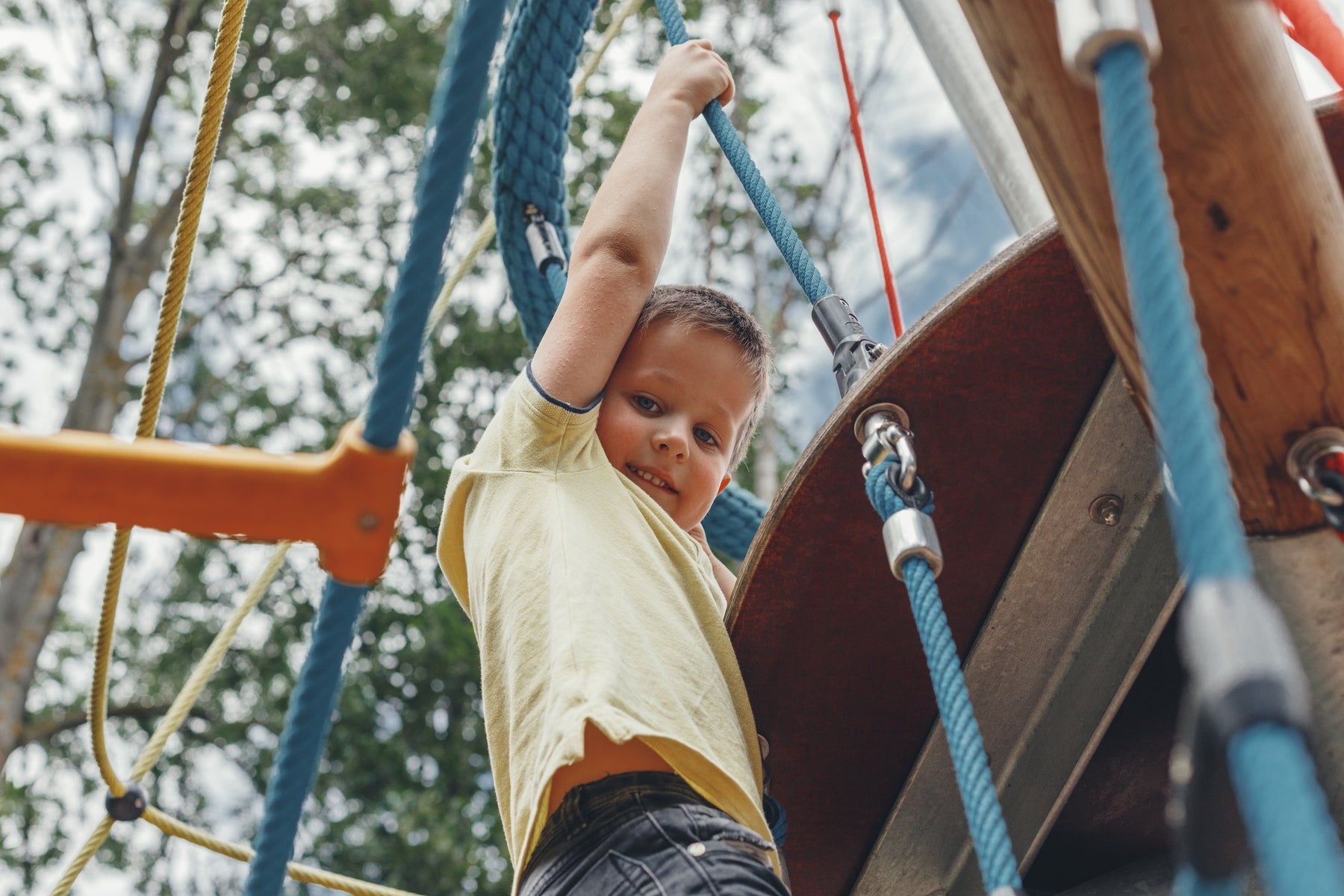
Gross Motor Toys: Why they're not 'just' toys...
Gross motor skills are the skills that involve the whole body including the muscles of the core (stomach, back and neck), legs and arms. Gross motor skills develop in the early months of life as a baby starts to explore and navigate their surroundings. Foundation gross motor skills include rolling, sitting, crawling, walking, running and jumping. With further exploration and refinement, children learn more advanced gross motor skills including swimming, bike riding, playing sport and navigating a playground.
Gross motor skills include:
- Muscle Strength; The the ability to exert force against resistance.
- Muscle Endurance; The ability of the muscles to exert force against resistance over a period of time, or repeatedly. This is important for tasks like sitting upright or carrying a backpack.
- Bilateral coordination; the ability to coordinate left and right sides of the body together. There are three different types;
- Symmetrical movements: Same side of the body move in the same direction i.e. skipping with a rope or rolling dough.
- Asymmetrical movements: opposite sides of the body move at different times. Typically one hand or leg moves, then the opposite side carries out the some movement i.e. riding a bike or pulling a rope
- Dominant / non-dominant hand: a task is completed using a preferred hand and the other hand assists i.e. handwriting - one hand writes and the other stabilised the page.
- Midline integration; The ability to spontaneously cross the imaginary line down the middle of the body (from the crown of the head, to the toes). This skill significantly impacts bilateral coordination and the ability to use left and right sides of the body in a coordinated manner.
- Motor planning; Awareness of how to sequence and execute movement in a timely and coordinated manner.
- Proprioception; The feedback the brain receives from muscles and joints in relation to where our body is in space and how our body is moving.
- Spatial awareness; knowing where our body is in the space around us. We receive feedback from our proprioceptors in the muscles and joints to determine spatial awareness.
- Vestibular processing; The vestibular system is our bodies movement and balance sense. Receptors in the inner ear receive information related to how fast or slow we are moving, directionality of movement, body position and orientation in space.
- Balance: the ability to maintain a position in a controlled manner during a task i.e. riding a bike.
- Agility: The ability to be in motion, stop, and change direction.
The above skills are heavily reliant on one another. For example, a child requires strength and coordination to control bodily movements and move in an agile way.
Children learn and develop optimally when they are motivated and engaged. Children rarely have hesitation engaging in their primary occupation; play. Our range of gross motor resources encourage children to play. They are intended to be fun, and foster your child’s creativity and imagination as they move and develop their motor skills.
Below are some of our best selling gross motor “toys” for developing gross motor skills:
